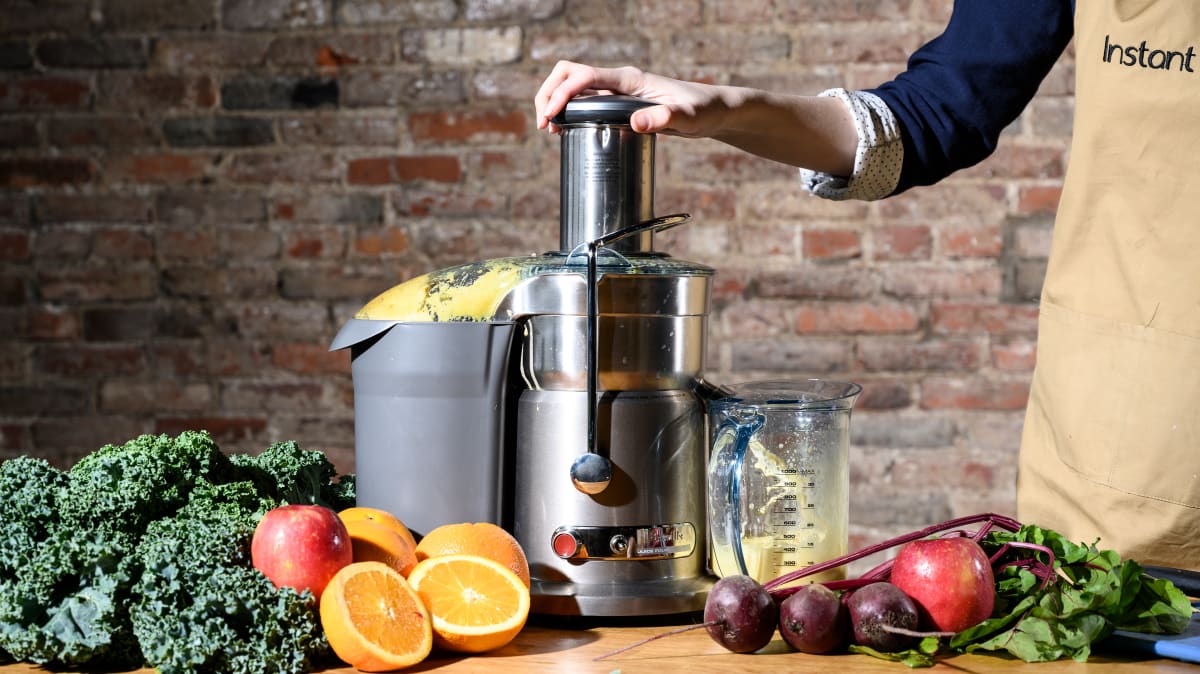

Articles
Who Invented The Juicer
Modified: August 20, 2024
Discover the fascinating history of the juicer and learn about the inventors behind this revolutionary kitchen appliance. Read more in our informative articles!
(Many of the links in this article redirect to a specific reviewed product. Your purchase of these products through affiliate links helps to generate commission for Storables.com, at no extra cost. Learn more)
Introduction
The juicer is an indispensable appliance in modern kitchens, allowing us to extract the nutritious goodness from fruits and vegetables in a convenient and efficient way. But have you ever wondered who invented the juicer? In this article, we will delve into the fascinating history of juicing devices and uncover the genius minds behind this revolution in healthy living.
Throughout history, humans have found various ways to extract juice from fruits and vegetables. From squeezing fruits manually to using simple tools like strainers and cheesecloths, people have long recognized the benefits of consuming the liquid essence of plants. However, it wasn’t until the advent of modern technology that the first true juicer was invented.
Early juicing devices consisted of handheld tools such as citrus reamers and lemon squeezers. These devices allowed people to manually extract the juice from citrus fruits, a process that required physical effort and time. While effective for small-scale juicing, it was not a practical solution for larger quantities.
The first modern juicer, the precursor to the machines we know today, was invented in the late 18th century. It was a hand-cranked device called the masticator, popularized by Dr. Norman Walker in the 1930s. The masticator used powerful blades to crush and grind fruits and vegetables, separating the juice from the pulp. This innovation made juicing faster and more efficient, but it was still limited in terms of capacity and functionality.
The real breakthrough in juicer technology came with the rise of commercial juicers in the 20th century. These machines were designed to meet the growing demand for fresh juice in restaurants, juice bars, and households. Commercial juicers featured larger capacities, powerful motors, and more advanced mechanisms for extracting maximum juice yield. They paved the way for the widespread adoption of juicing as a healthy lifestyle choice.
Key Takeaways:
- The masticator, invented in the late 18th century by Dr. Norman Walker, marked the birth of modern juicers, revolutionizing the extraction process and paving the way for further juicing innovations.
- The rise of commercial juicers in the 20th century, from high-speed centrifugal to cold-press machines, made fresh, nutritious juice more accessible and convenient for businesses and health-conscious consumers alike.
Read more: Who Invented The Stairs
Early Juicing Devices
Long before the invention of modern juicers, people found ways to extract juice from fruits and vegetables using simple tools and techniques. These early juicing devices may seem primitive by today’s standards, but they laid the foundation for the juicers we know and love.
One of the earliest methods of juicing involved the manual extraction of juice through squeezing or pressing. This method was commonly used for citrus fruits, such as lemons and oranges. People would manually squeeze the fruits to release the juice, either by hand or using basic tools like lemon squeezers or citrus reamers. While effective for small-scale juicing, it was labor-intensive and time-consuming.
Another method used for juicing involved using a strainer or cheesecloth to separate the juice from the pulp. This technique was commonly used for juicing softer fruits like berries and grapes. The fruits would be crushed or mashed, and the resulting mixture would be poured through a strainer or cheesecloth to separate the juice from the solid particles. This method allowed for a smoother juice consistency but was still time-consuming and required manual effort.
As juicing became more popular, especially for health and wellness purposes, inventors began experimenting with different designs to make the process more efficient. In the late 18th century, mechanical juicers started to emerge. These devices were often hand-operated and used mechanisms like screws or levers to extract juice from fruits and vegetables.
One such device was the hand-powered masticator, invented in the late 18th century. The masticator consisted of a hand-cranked mechanism with metal blades that would crush and grind the fruits or vegetables, separating the juice from the pulp. While it was a significant improvement over manual squeezing, it still required physical effort and was limited in terms of capacity.
Other early juicing devices included hydraulic presses, which used hydraulic power to extract juice from fruits and vegetables. These machines were often large, industrial-scale devices used in commercial operations and could extract juice from a wide range of produce. While hydraulic presses were more efficient than manual methods, they were still not widely accessible or practical for everyday use.
With advancements in technology and increasing demand for fresh juice, these early juicing devices paved the way for more sophisticated and efficient juicers that would revolutionize the way we extract juice from fruits and vegetables. The invention of the first modern juicer was just around the corner, and it would change the game forever.
The First Modern Juicer
In the late 18th century, the first true modern juicer was invented, marking a significant milestone in the evolution of juicing devices. This breakthrough invention introduced a new level of convenience and efficiency to the process of extracting juice from fruits and vegetables.
The person credited with inventing the first modern juicer is Dr. Norman Walker, who popularized the device in the 1930s. Dr. Walker was a passionate advocate for natural health and believed in the power of fresh juice as a key component of a healthy lifestyle. He developed a hand-cranked juicer known as the masticator, which revolutionized the way people could extract juice.
The masticator operated on a simple principle – it used powerful blades or augers to crush and grind the fruits and vegetables, separating the juice from the pulp. By turning a crank, users could feed the produce into the machine, and the spinning blades would extract the juice while pushing the pulp out through a separate opening. This mechanized process made juicing faster and more efficient, eliminating the need for manual squeezing and straining.
The masticator was not only a significant improvement in terms of speed and convenience but also in terms of juice quality. By using a grinding action rather than centrifugal force or heat, the masticator preserved more nutrients and enzymes in the extracted juice, resulting in a higher quality, more nutritious beverage.
Dr. Walker’s masticator was primarily designed for home use and gained popularity among health enthusiasts and those seeking natural remedies. Its success paved the way for further advancements in juicing technology and the widespread adoption of juicing as a healthy lifestyle practice.
While the masticator was a groundbreaking invention, it still had its limitations. It was a hand-powered device, which meant that juicing large quantities of produce required significant physical effort and time. Additionally, it could only handle certain types of fruits and vegetables, and the pulp extraction process was not as efficient as it could be.
Nonetheless, the masticator set the stage for further innovations in the world of juicing. It sparked a newfound interest in the benefits of freshly extracted juice, leading to ongoing research and development in the field of juicing technology.
As we explore the subsequent developments in commercial juicers, we will uncover how inventors and manufacturers revolutionized the juicing industry, creating machines that could handle larger volumes of produce, extract juice more efficiently, and cater to the increasing demand for fresh, healthy juice.
The juicer was invented by Dr. Norman Walker in the 1930s. He is often referred to as the “father of juicing” and his invention revolutionized the way people consume fruits and vegetables.
The Rise of Commercial Juicers
With the increasing popularity of juicing and the demand for fresh, nutritious beverages, the commercial juicing industry began to thrive. Inventors and manufacturers recognized the need for more efficient and capable juicers to meet the growing demand, leading to the rise of commercial juicers.
In the early 20th century, commercial juicers started appearing in restaurants, juice bars, and other foodservice establishments. These machines were designed to handle larger volumes of produce and extract juice more efficiently than their smaller, home-use counterparts.
Commercial juicers were often electrically powered, eliminating the need for manual cranking or other physical effort. This allowed for faster and more consistent juicing, making it easier for businesses to serve fresh juice to their customers in a timely manner.
One of the key advancements in commercial juicers was the introduction of high-speed centrifugal juicers. These machines utilized a spinning blade or disk to rapidly chop and separate the juice from the pulp. The centrifugal force helped extract the juice quickly, making it possible to process large quantities of fruits and vegetables in a short time.
Centrifugal juicers became the go-to choice for many commercial establishments due to their speed and efficiency. They were capable of handling a wide range of produce, from soft fruits like oranges and apples to harder vegetables like carrots and beets. This versatility made them ideal for juice bars and restaurants that offered a variety of juice combinations.
As the demand for fresh juice continued to grow, manufacturers focused on improving the functionality and durability of commercial juicers. They introduced larger feeding chutes to accommodate whole fruits and vegetables, reducing the prep time required. They also incorporated features like pulp ejection systems that allowed for seamless continuous juicing, enhancing the efficiency of the machines.
Another significant development in commercial juicers came with the introduction of cold-press juicers, also known as masticating juicers. These juicers operated at a slower speed and used a pressing or grinding action to extract juice from the produce, similar to Dr. Walker’s original masticator. Cold-press juicers are known for their ability to retain more nutrients and enzymes in the juice, resulting in a higher quality, longer-lasting beverage.
With advancements in technology and increased competition among manufacturers, commercial juicers became more accessible and affordable for businesses of all sizes. Juice bars and cafes could now offer a wide variety of fresh and nutritious juice options, catering to the demands of health-conscious consumers.
Today, the market is filled with a wide range of commercial juicers, each offering unique features and capabilities. From high-speed centrifugal juicers to slow cold-press machines, businesses have a plethora of options to choose from, enabling them to provide fresh, flavorful juice to their customers.
As juicing continues to gain popularity and evolve, it is safe to say that the rise of commercial juicers played a significant role in shaping the juicing industry, making fresh juice more accessible and convenient for everyone.
Innovations in Juicing Technology
Over the years, advancements in juicing technology have revolutionized the way we extract juice from fruits and vegetables. From improved efficiency to enhanced nutrient retention, these innovations have made juicing more accessible and convenient for home use and professional settings. Let’s explore some of the key innovations that have shaped the landscape of juicing technology.
1. Slow Juicers:
One significant innovation in juicing technology is the development of slow juicers, also known as masticating or cold-press juicers. Unlike their high-speed counterparts, slow juicers operate at a lower RPM (rotations per minute) and use a gentle squeezing action to extract juice from produce.
This slow and steady process helps preserve more nutrients and enzymes in the juice, resulting in a higher quality beverage that retains its freshness and nutritional value for longer periods. Slow juicers are particularly popular among health-conscious individuals who prioritize the maximum nutrient content in their juice.
2. Multi-Purpose Juicers:
To cater to the diverse needs of consumers, juicer manufacturers have introduced multi-purpose juicers that offer more than just juicing capabilities. These machines come with various attachments and functions, allowing users to not only extract juice but also make nut butter, baby food, sorbets, and more.
By incorporating additional features, juicers have become versatile kitchen appliances that streamline the process of creating healthy and delicious recipes beyond just juice. This innovation has made juicers a valuable addition to any kitchen, providing convenience and versatility in one appliance.
3. Advanced Pulp Extraction:
Efficient pulp extraction is a crucial aspect of juicing. Innovations in pulp extraction mechanisms have significantly improved the functionality of juicers. Manufacturers have developed systems that separate the pulp from the extracted juice more effectively, resulting in less clogging and smoother operation.
Some juicers come equipped with external pulp containers or automatic ejection systems that make it easy to dispose of the pulp and continue juicing without interruption. These advancements in pulp extraction have made the juicing process more seamless and efficient, minimizing downtime and maximizing productivity.
4. Digital Controls and Smart Features:
In the era of smart technology, juicers have also incorporated digital controls and smart features to enhance user experience. Juicers with digital displays and touch panels allow for precise control of juicing time, speed, and other settings, ensuring optimal juice extraction for various types of produce.
Some juicers even come with built-in sensors and smart algorithms that can automatically adjust the speed or power based on the ingredients being juiced. These intelligent features simplify the juicing process and provide consistent results, even for those new to juicing.
5. Easy Maintenance and Cleaning:
Another notable innovation in juicing technology is the emphasis on easy maintenance and cleaning. Many juicers now feature detachable parts that can be easily disassembled and cleaned in a dishwasher or by hand. This convenient design allows users to maintain hygiene and cleanliness without the hassle of intricate cleaning processes.
Additionally, manufacturers have introduced self-cleaning functions in some juicers. These functions involve running water through the juicer to flush out any remaining pulp or residue, making the cleaning process even more effortless.
Overall, innovations in juicing technology have transformed the way we approach juicing, making it more efficient, versatile, and user-friendly. As technology continues to advance, we can expect further improvements and advancements that will make juicing an even more integral part of a healthy lifestyle.
Read more: Who Invented Countertops
Conclusion
The invention and evolution of juicers have brought about a remarkable transformation in the way we extract juice from fruits and vegetables. From the early days of manual squeezing to the modern advancements in juicing technology, we have witnessed significant innovations that have made juicing more accessible, efficient, and enjoyable.
Throughout history, individuals have been finding ways to extract juice from produce, recognizing the health benefits and delicious flavors. However, it wasn’t until the late 18th century that the first modern juicer, the masticator, was introduced. This hand-cranked device brought convenience and efficiency to the process, setting the stage for further advancements in juicing technology.
The rise of commercial juicers further propelled the industry forward. High-speed centrifugal juicers became popular, enabling the extraction of juice from various fruits and vegetables at a much faster rate. The introduction of cold-press juicers, or slow juicers, allowed for gentler extraction, preserving more nutrients and enzymes in the juice.
As technology continued to evolve, juicer manufacturers introduced multi-purpose machines that expanded beyond simple juice extraction. These versatile appliances enabled users to prepare a variety of recipes, from nut butters to sorbets, adding more functionality to the juicing experience.
Furthermore, advancements in pulp extraction mechanisms have improved juicers’ efficiency and minimized clogging issues, while digital controls and smart features have enhanced user experience and precision. Easy maintenance and cleaning features have made juicers more convenient for everyday use, encouraging people to incorporate juicing into their daily routines.
The innovations in juicing technology have made it possible for everyone, from health-conscious individuals to professional establishments, to enjoy the benefits of fresh, nutrient-rich juice. Whether it’s for a boost of energy, a refreshing drink, or a way to incorporate more fruits and vegetables into our diet, juicers have become an essential appliance in many households and businesses.
In conclusion, the journey of juicers, from the humble manual squeezers to the sophisticated high-tech machines of today, is a testament to human ingenuity and our desire for healthy living. As technology continues to advance, we can expect further innovations in juicing technology, making it easier for everyone to enjoy the incredible flavors and nutritional benefits of fresh juice.
Frequently Asked Questions about Who Invented The Juicer
Was this page helpful?
At Storables.com, we guarantee accurate and reliable information. Our content, validated by Expert Board Contributors, is crafted following stringent Editorial Policies. We're committed to providing you with well-researched, expert-backed insights for all your informational needs.
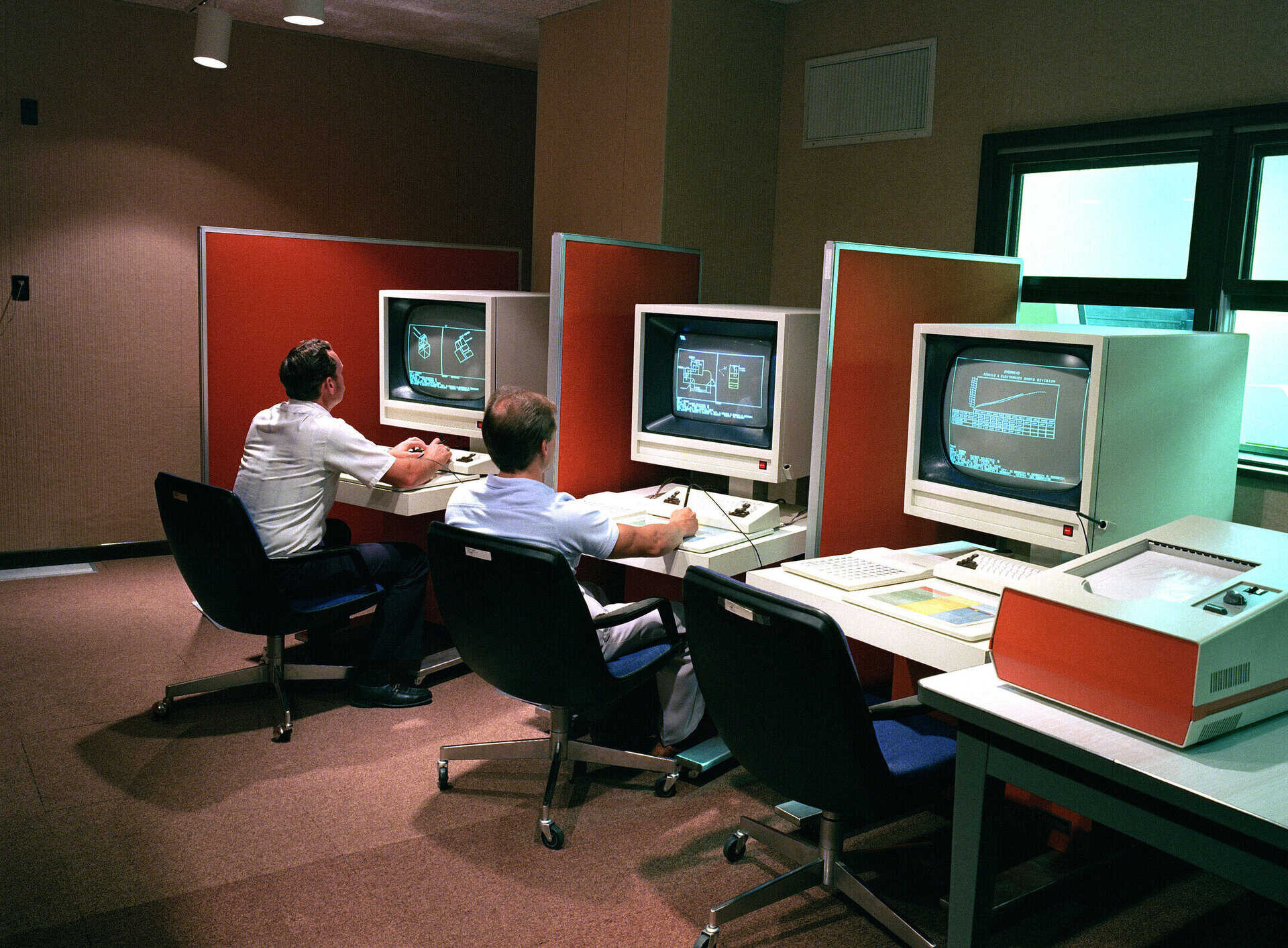


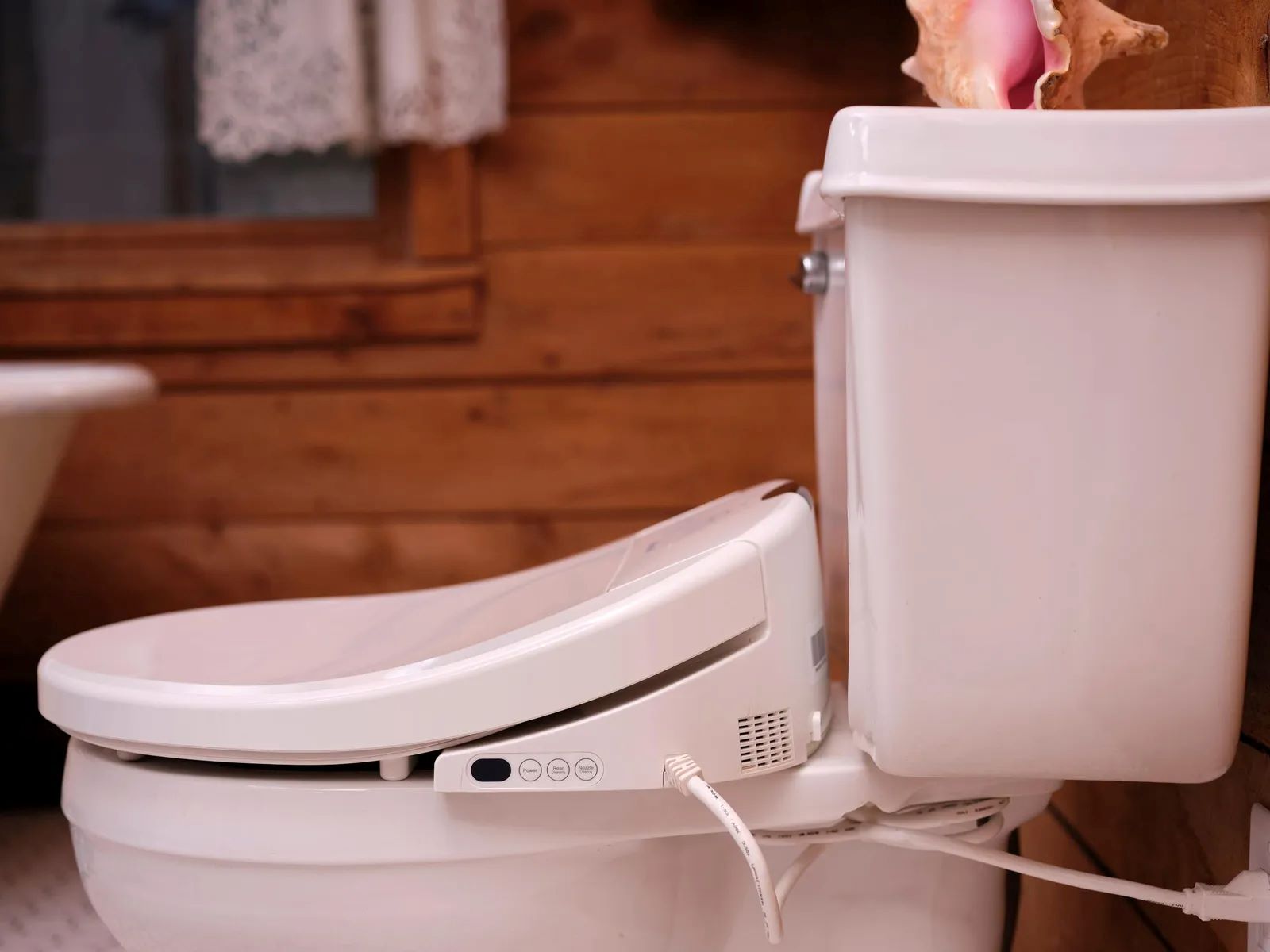
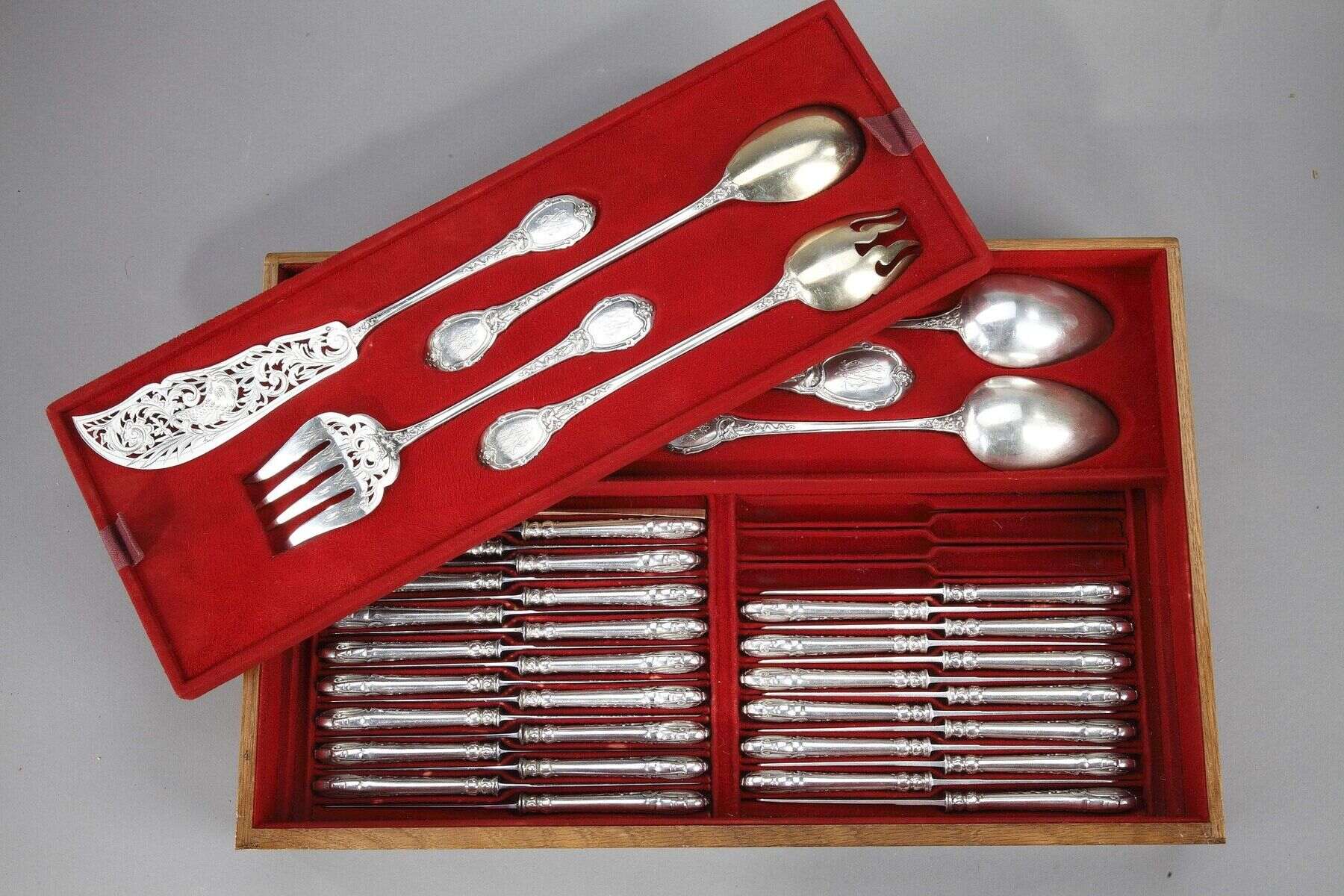


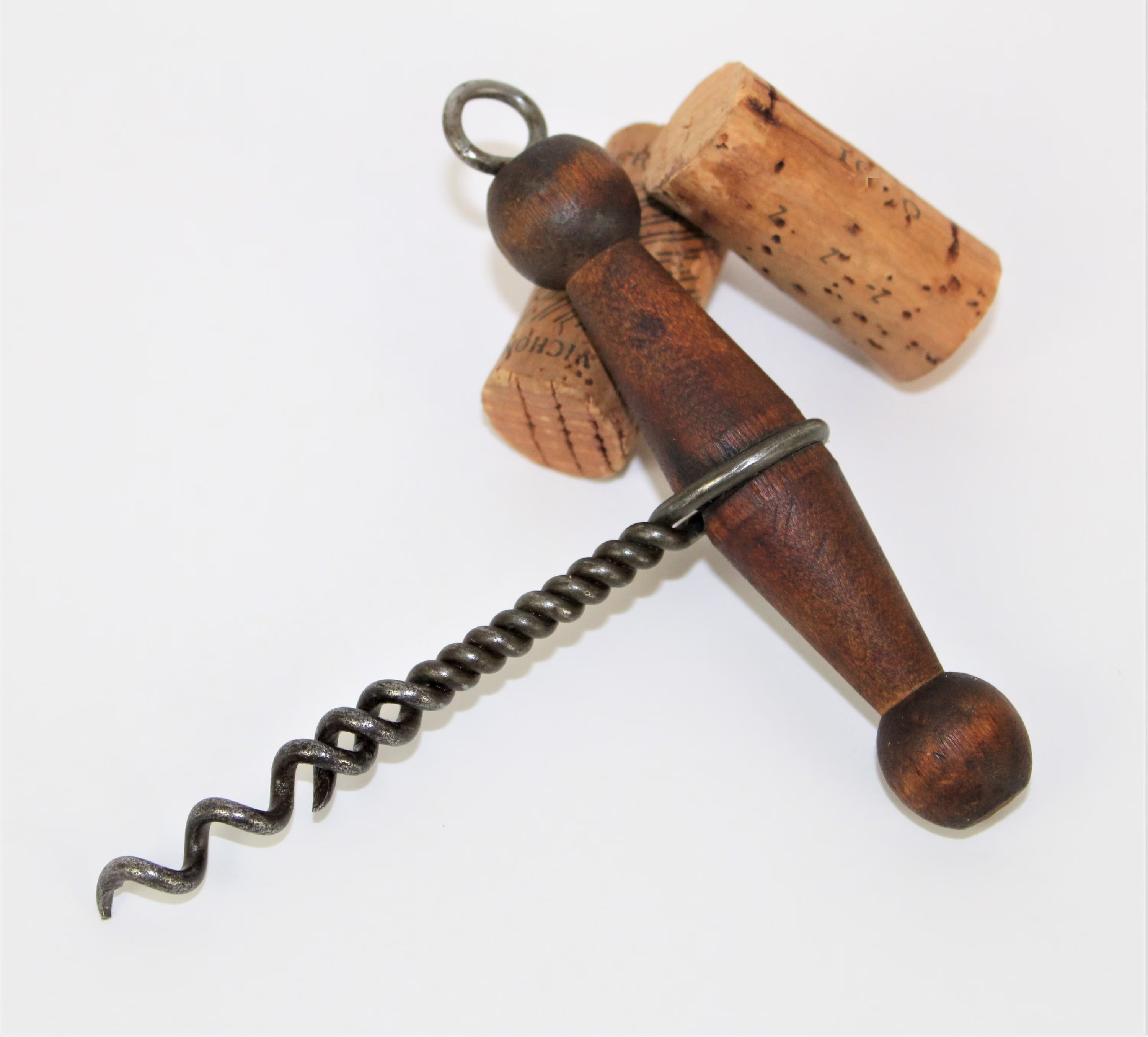


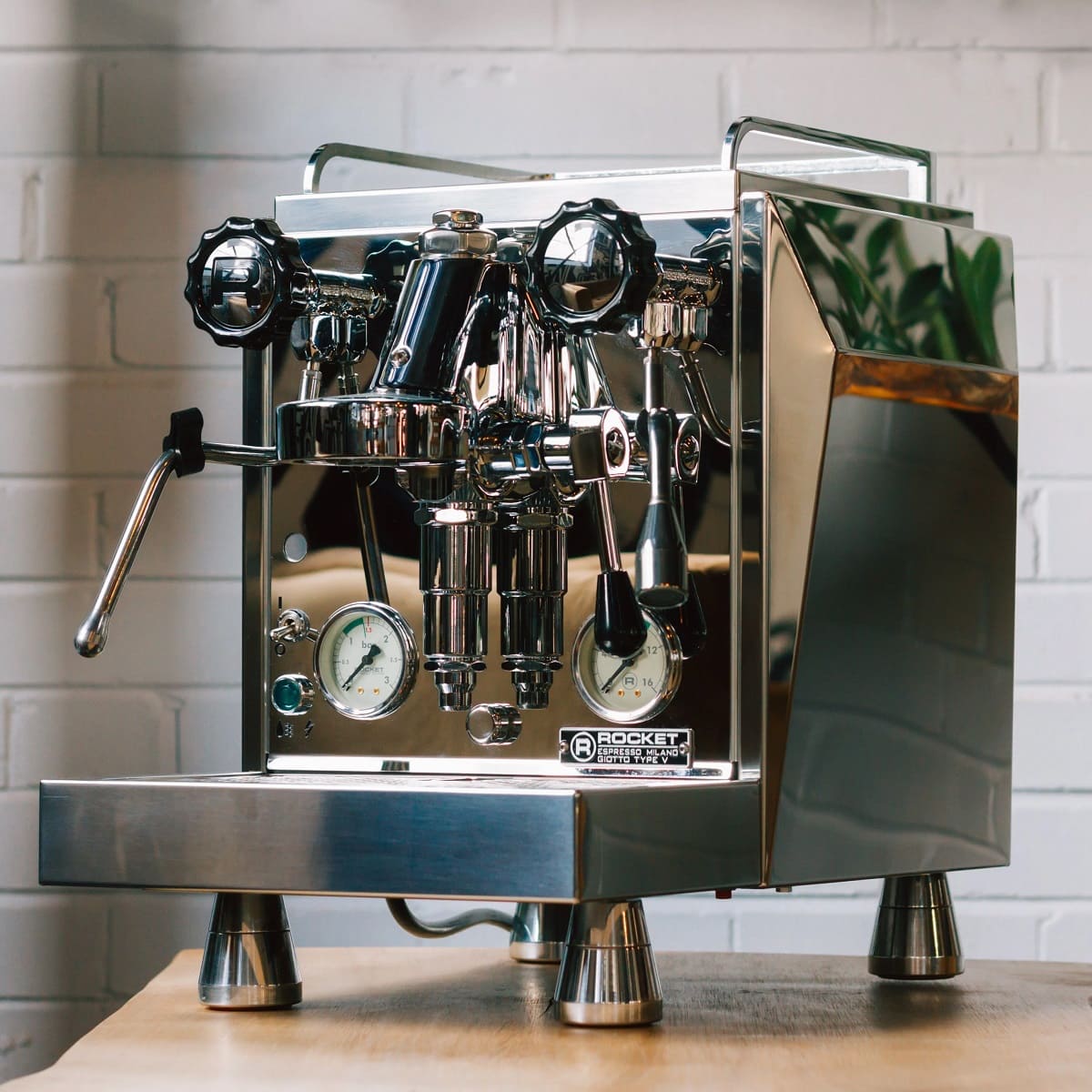

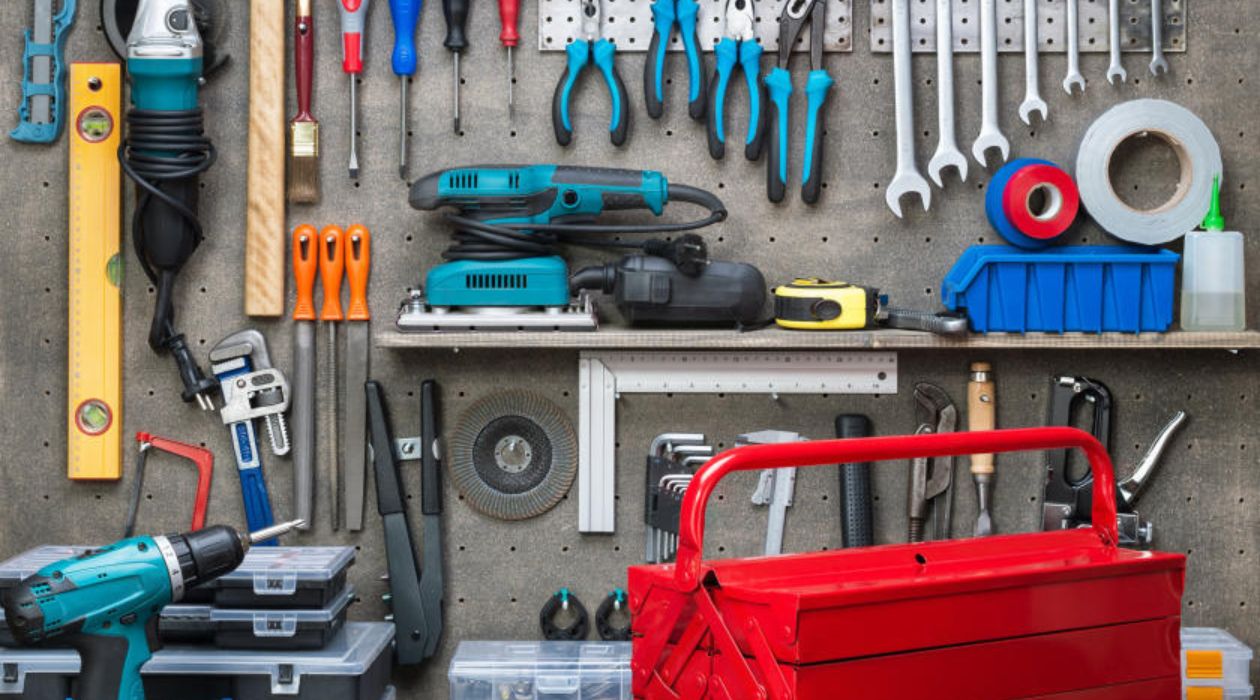
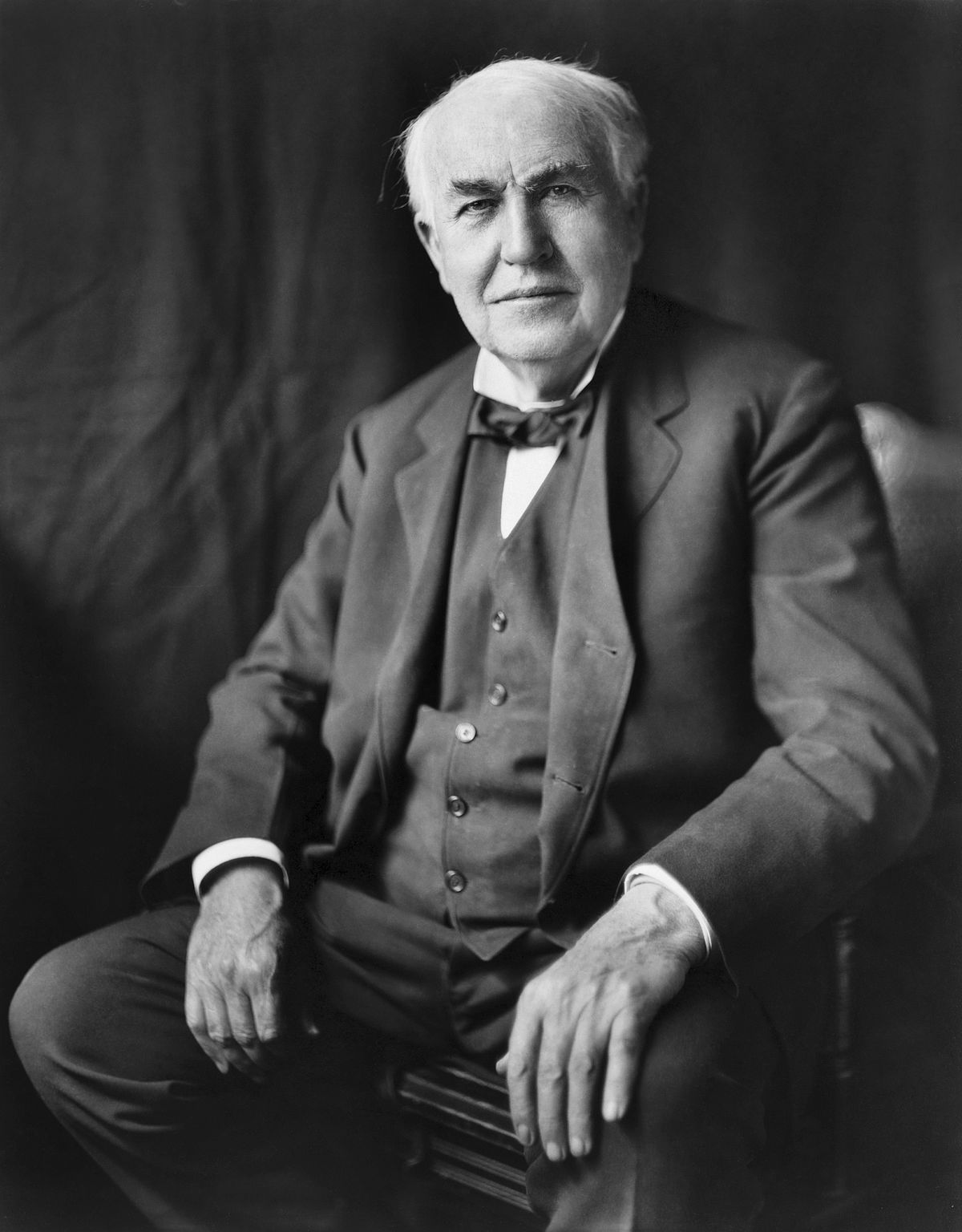

0 thoughts on “Who Invented The Juicer”